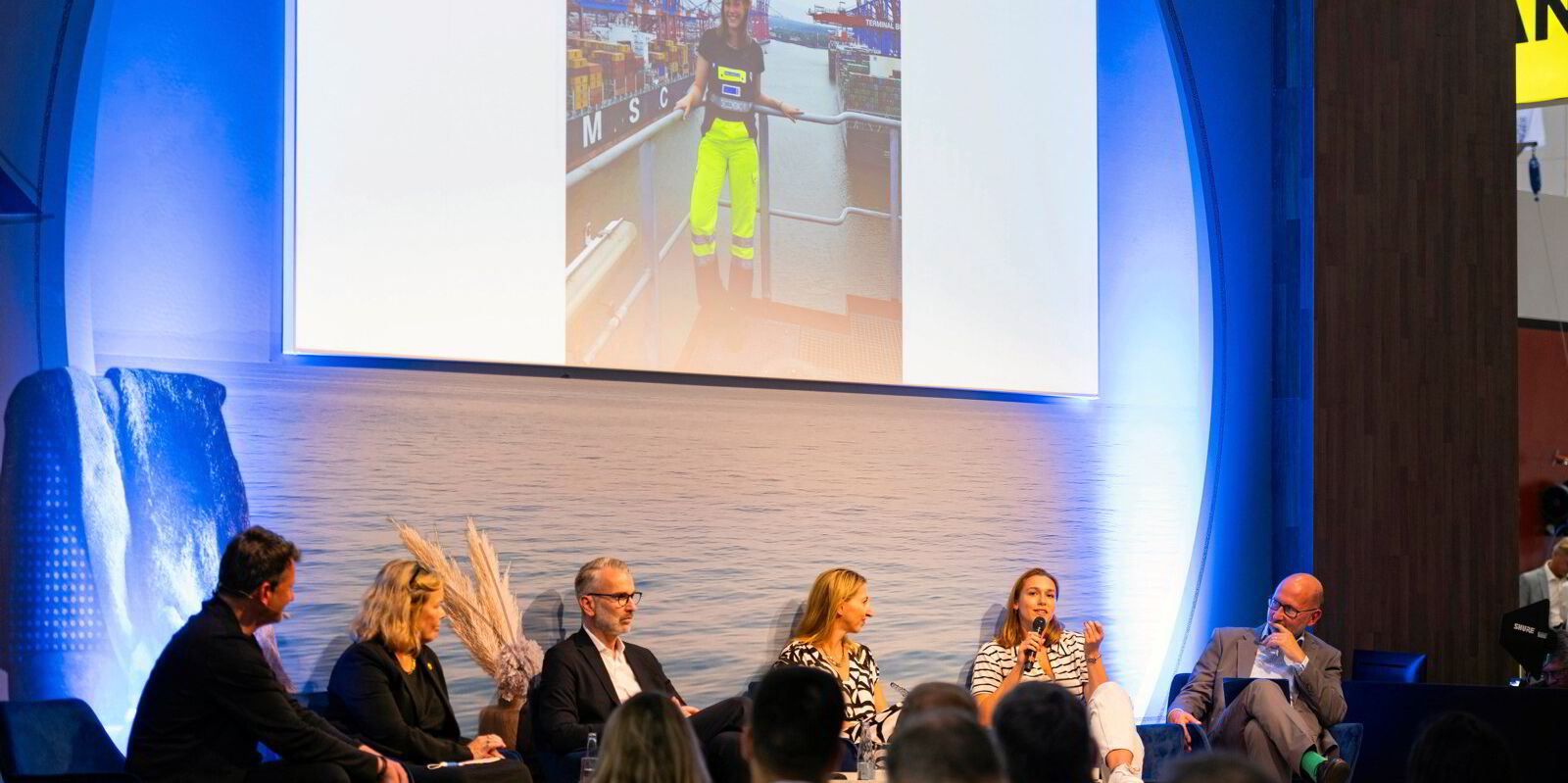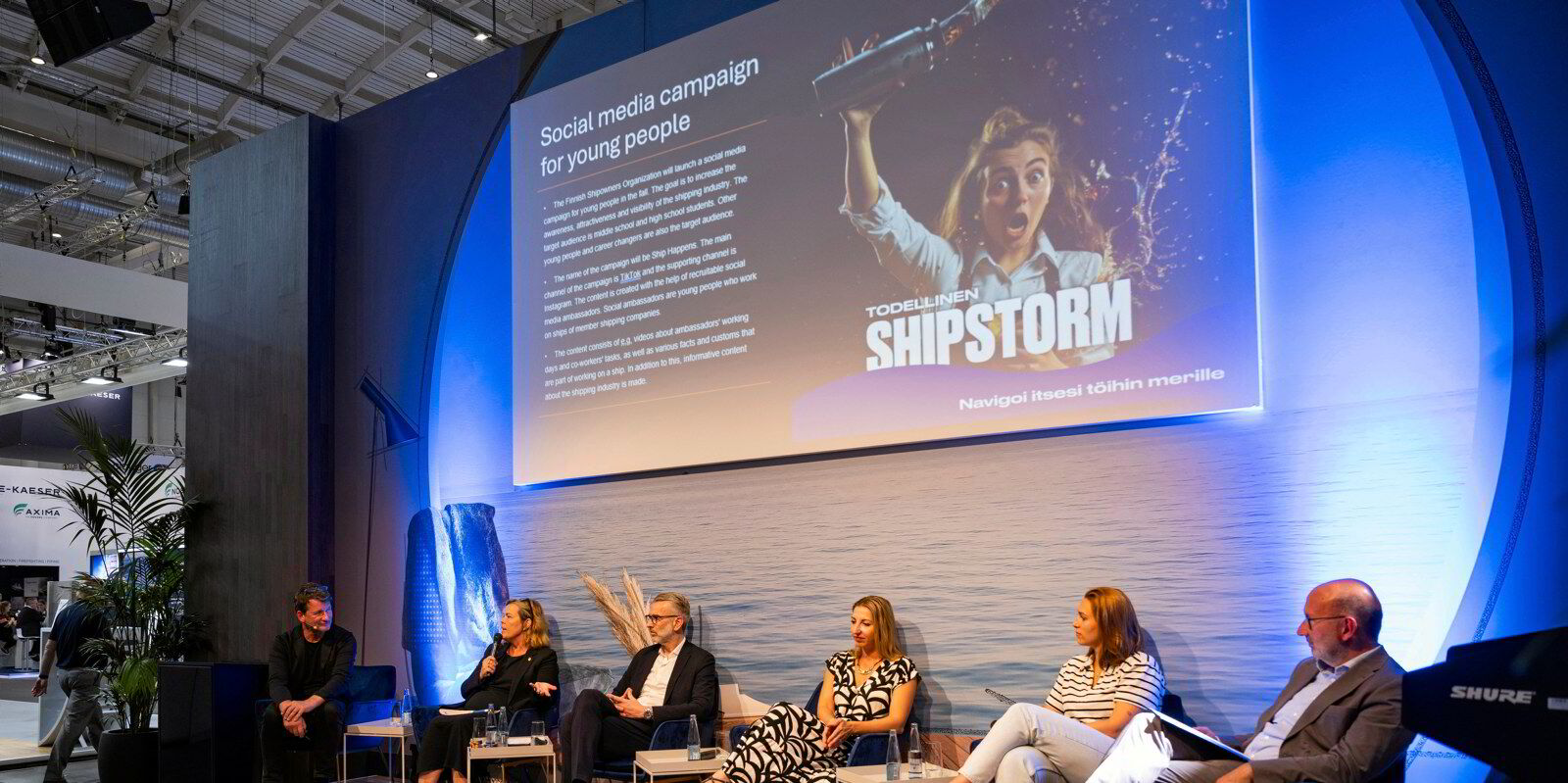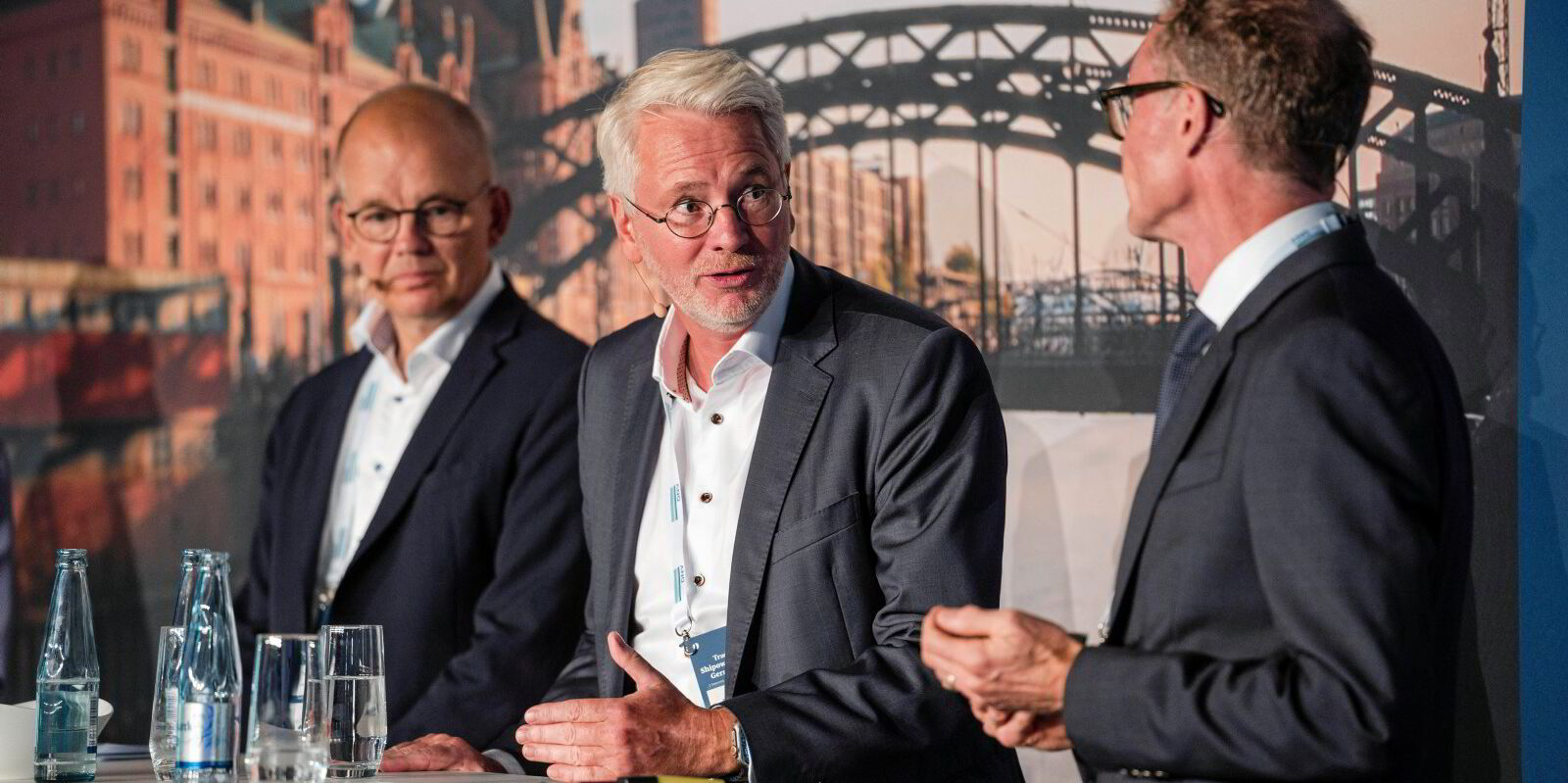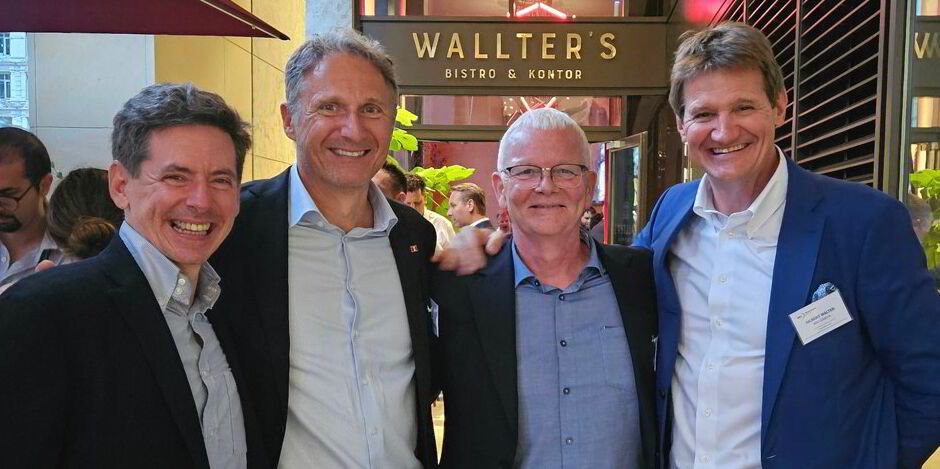Shipping industry experts have called for efforts aimed at attracting younger generations to the maritime industry and addressing the sector’s image and reputation issues.
The need for modernisation, better communication and showcasing diverse roles and opportunities are needed to change “decades-old” perceptions, they agreed.
Niels-Christian Meyers, director of marine human resources at Hapag-Lloyd, pleaded for a country-wide campaign in Germany, to demonstrate how “exciting and modern” the industry is, during SMM Hamburg this month.
“We need to run local campaigns to see what shipping is … and that is a very, very sexy industry!” he said, underscoring the newest technologies on board and increases in digitalisation.
However, Meyers did admit the industry had a reputational problem.
“Very often shipping is only in the news if an accident happened, that there was ship collision, that there was environmental damage,” he said.
Meyers also noted that the unique work-life balance of being a seafarer was often not promoted enough.
“Here you work two to three months, and then you are two to three months off. If you have hobbies, you can do a lot in this period,” he said. “You don’t have to think about a job, but rather enjoy the time being at home. And I say, which industry can offer this?”
The lack of openness in the market and the need for authentic storytelling were also highlighted by other market participants.
Visibility challenge
“The sentence out of sight, out of mind, fits perfectly to the maritime business,” said Ragna Sibbertsen, vessel coordinator at the Hamburg Vessel Coordination Center.
“Here in Hamburg, we always see vessels and we really get in touch with the industry. But if you’re not close to a coast, you don’t. A lot of young people, simply aren’t aware of the opportunities that the maritime business offers. So, we have to give them a little push.”
Sibbertsen also outlined that opening up and showing what you do was very important, albeit if it is portrayed genuinely, admitting that her image was often used to attract younger women to the industry when she might’ve been the only one on board.

Johanna Boijer, senior vice president for corporate communications at Viking Line, concurred. She outlined the company’s campaigns to engage young people.
“Be more open, be proactive, talk to schools, universities, journalists, politicians. And do 10% more than you can afford,” she said.
AIDA Cruises also highlighted its success in attracting talent through education partnerships, scholarships and international recruitment.
“We invest a lot in HR to make it as attractive as possible. We have really invested in education. We have invested in building corporations and universities. This is what we have done. This is what you have to do,” said Steffi Heinicke, senior vice president of guest experience at AIDA.
“We have to talk and share more. For instance, there are also so many opportunities on shore. You don’t have to spend your whole life on board.”
Finally, Christian Denso, a freelance communications consultant, agreed that the reason this is currently a hot topic is the growing pressure to recruit.
“We simply need the people,” he said.
Denso said many companies do not feel the need to talk about themselves.
“I still remember when I was at the German shipowners associations, a lot of shipowners asked me, ‘Why is the media writing such stupid things about us? They don’t know anything about our business’,” he said.
“So, my question to them was, when did you talk for the last time to a journalist? And the answer was, ‘I never talked to a journalist before.’ If you don’t talk about your business, then how should anyone know how your business works?”





